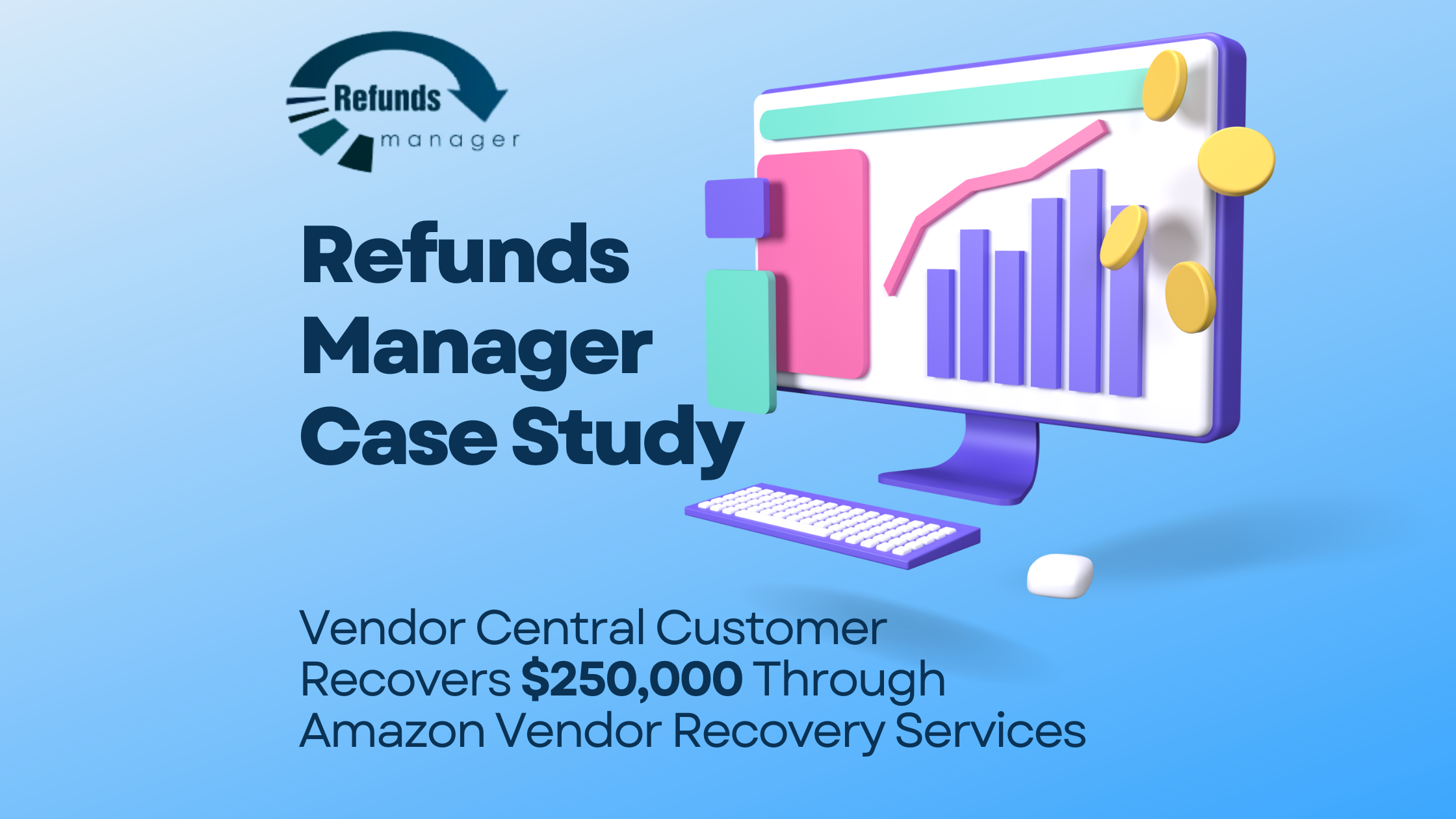The 2024 Black Friday and Cyber Monday shopping season has rewritten the playbook for e-commerce, and Amazon Sellers and Vendors were at the center of this transformative period. While independent sellers often capture headlines, the performance and experiences of Amazon vendors—brands and businesses supplying inventory directly to Amazon—provide deeper insights into the evolving dynamics of this critical retail event.
Amazon’s 12-day Black Friday-Cyber Monday event shattered records, with the company reporting its highest-ever Thanksgiving shopping week. This surge, fueled by attractive deals and robust consumer demand, benefited vendors with opportunities for bulk orders and increased exposure for their branded products, while enabling sellers to capitalize on direct-to-consumer sales growth.
Products like Beats headphones, Samsung TVs, and Medicube skincare, supplied through vendor agreements, topped Amazon’s charts, reflecting the vital role of vendor partnerships. Amazon reported that vendors saw order volumes increase by 25% year-over-year, while third-party sellers experienced a 20% uptick in direct-to-consumer sales.
Table of Contents
ToggleEnhanced Supply Chain Capabilities
Companies that invested in Amazon’s supply chain programs, such as Fulfillment by Amazon (FBA), gained a competitive edge. With Amazon’s state-of-the-art logistics network, they achieved faster delivery times, ensuring customer satisfaction during the high-stakes shopping week.
However, this advantage came with a caveat: sellers and vendors faced heightened pressure to meet Amazon’s stringent inventory requirements ahead of the holiday season. Late shipments or stock shortages resulted in missed sales opportunities and potential penalties.
Data-Driven Insights
Amazon’s proprietary tools, like ARA Premium (Amazon Retail Analytics), played a crucial role in helping businesses strategize for Black Friday. By leveraging insights into customer behavior, sales trends, and inventory levels, they were able to optimize their offerings and adjust pricing in real time.
For example:
- Top-performing categories included electronics (up 15% YoY), health and beauty (up 18%), and toys (up 12%).
- Localized inventory strategies helped high-demand areas reduce shipping delays and cart abandonment.
Challenges
While the event was a clear success, sellers and vendors encountered unique challenges:
- Chargebacks and Compliance: Businesses struggled with chargeback fees related to delayed or incomplete shipments. Compliance with Amazon’s guidelines became a significant pain point, with some businesses reporting penalties amounting to 3-5% of gross revenue during the event.
- Pricing Parity: Businesses had to maintain pricing parity across channels, which complicated their ability to run independent promotions outside Amazon’s ecosystem.
- Increased Competition: The introduction of Amazon’s private-label brands in key categories intensified competition, leaving smaller sellers scrambling for visibility.
Opportunities for Growth
Despite these challenges, the event highlighted actionable growth opportunities:
- Amazon’s Advertising Tools: Sponsored Products and Sponsored Brands campaigns saw an average increase of 32% in ad-attributed sales.
- Sustainability Preferences: Eeco-friendly products gained traction as sustainability-minded consumers sought ethical alternatives, a trend particularly strong in the European market.
- New Amazon Programs: Initiatives like “Vendor Flex” and “Direct Fulfillment” enabled some to bypass traditional fulfillment challenges by shipping directly to consumers.
What’s Next?
As the holiday shopping season continues, sellers and vendors should analyze Black Friday performance data and refine their strategies. Key areas to focus on include:
- Inventory Forecasting: Leveraging AI-driven tools to better predict demand and avoid costly stockouts or overstocking.
- Advertising Optimization: Experimenting with Amazon’s expanding video and display ad options for improved campaign results.
- Collaborative Programs: Strengthening partnerships with Amazon to access exclusive programs and early insights into emerging trends.
Maximizing Amazon Success with Refunds Manager
The 2024 Black Friday season showcased the high stakes of operating on Amazon. Sellers and vendors who embraced data-driven strategies and operational excellence gained a significant edge, but the complexities of managing chargebacks, inventory discrepancies, and compliance fees remain challenging.
Refunds Manager specializes in helping sellers and vendors recover lost revenue by identifying and resolving chargeback issues, inventory claims, and shipment discrepancies. Don’t let avoidable issues eat into your profits this holiday season. Visit RefundsManager.com today to ensure you’re maximizing your bottom line and positioning your business for continued success.




